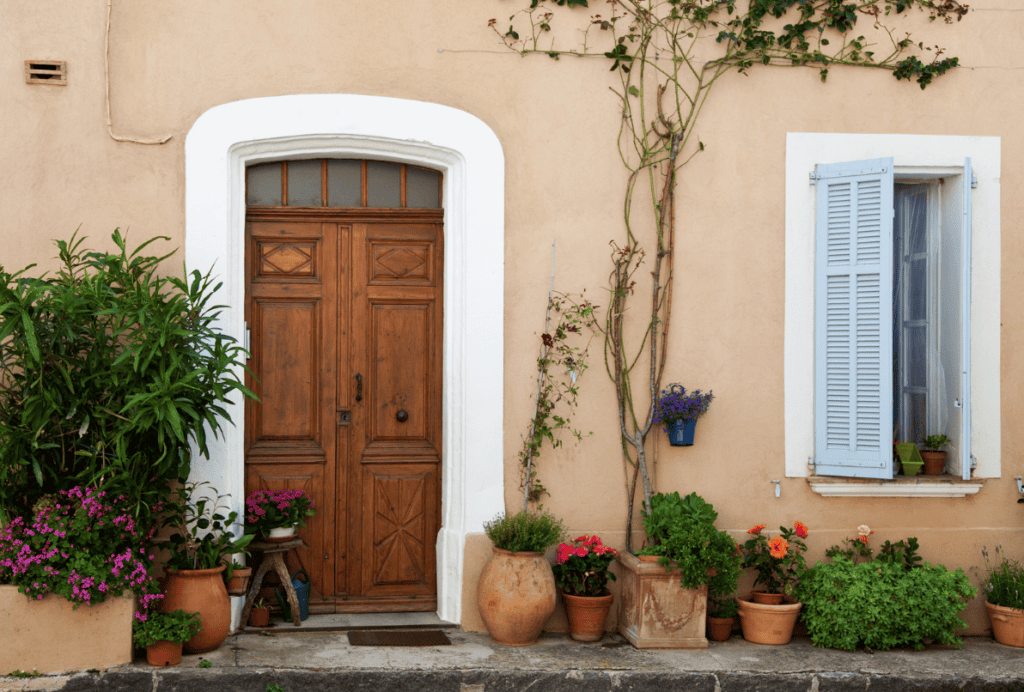When it comes to enhancing the functionality and aesthetics of your shed, one of the key areas to focus on is the doors. Replacement doors offer an opportunity for customizing your shed according to your preferences and needs.
Table of Contents
Whether you’re looking to upgrade for security, convenience, or style, exploring design options and considering important factors can help you make the right choice.

In this article, we’ll delve into the world of customizing shed doors, discussing design options and essential considerations.
Design Options for Replacement Shed Doors
When it comes to material choices, wood offers a classic aesthetic with customizable finishes, while steel provides unparalleled strength and security against intrusions. Exploring style and design elements such as panel configurations and hardware options allows you to tailor your shed door to both functional needs and visual preferences.
Consideration of insulation and weather-proofing features ensures that your replacement shed door not only enhances the aesthetics but also maintains a comfortable and protected interior environment.

Customization options, including color choices and personalized designs, add a unique touch to your shed’s exterior, making it stand out while meeting your specific requirements.
1. Material Choices
The material of your shed door plays a crucial role in its durability, maintenance requirements, and overall appearance. Here are some common material options:
Wood: Provides a classic and natural look, with options for various finishes and stains. It requires regular maintenance, such as sealing or painting, to protect against weathering.
Steel: Offers exceptional strength and security, ideal for sheds used to store valuable equipment or tools. Steel doors are resistant to warping, cracking, and pests, making them a long-lasting choice.
Fiberglass: Known for its durability and low maintenance, fiberglass doors can mimic the look of wood or steel while being resistant to dents, scratches, and moisture.
Vinyl: A cost-effective and lightweight option, vinyl doors are easy to clean and resistant to rust, corrosion, and fading. They come in various colors and styles.
2. Style and Design Elements
The style of your shed door can significantly impact its visual appeal and functionality. Consider the following design elements:
Panel Configuration: Choose between solid panels for privacy and insulation, or opt for doors with windows to allow natural light inside.
Hardware: Select handles, locks, and hinges that complement the overall design of your shed and provide the level of security you need.
Color Options: Match the door color to your shed’s exterior or create contrast for a standout look. Many manufacturers offer a range of color choices to suit different preferences.
Customization: Some companies offer custom door designs, allowing you to add personal touches such as decorative accents, engravings, or custom sizes to fit non-standard openings.
3. Insulation and Weatherproofing
If your shed serves as a workshop, storage for sensitive items, or a space where temperature control is important, consider doors with insulation and weather-proofing features.
Insulated doors can help regulate internal temperatures and prevent moisture buildup, ensuring your belongings are protected from extreme weather conditions.
Considerations for Customizing Your Shed Doors
1. Functionality
Evaluate how you use your shed and prioritize functionality when selecting replacement doors. Consider factors such as ease of operation, accessibility for large items, and whether you need features like overhead clearance for tall equipment or vehicles.
2. Security Needs
Assess the security requirements of your shed based on its contents. If you store valuable tools, equipment, or personal belongings, opt for doors with sturdy locks, reinforced frames, and materials that deter forced entry attempts.
3. Climate Considerations
Take into account the climate of your area when choosing replacement shed doors. Doors that are resistant to moisture, UV rays, wind, and temperature fluctuations will maintain their appearance and functionality over time, reducing the need for frequent repairs or replacements.

4. Maintenance Requirements
Different door materials and finishes have varying maintenance needs. Consider how much time and effort you’re willing to invest in upkeep, whether it’s periodic painting, sealing, lubrication of moving parts, or simple cleaning routines.
5. Budget and Longevity
Set a budget for your door replacement project and balance it with the expected longevity of the chosen doors. While certain materials may have a higher upfront cost, they can offer long-term savings by requiring fewer repairs and replacements over the years.
6. Local Regulations and Codes
Check local building codes and regulations regarding shed door installations, especially if you’re making significant changes to the structure. Compliance with codes ensures safety and may affect warranty coverage for your doors.
Final Words on Customizing Your Shed
Customizing your shed with replacement doors allows you to tailor both the functionality and appearance of this outdoor space.
By exploring design options such as material choices, style elements, and insulation features, and considering important factors like functionality, security, climate resilience, maintenance, budget, and local regulations, you can make informed decisions that enhance the value and usability of your shed for years to come.



